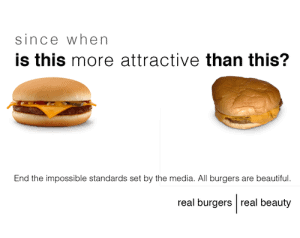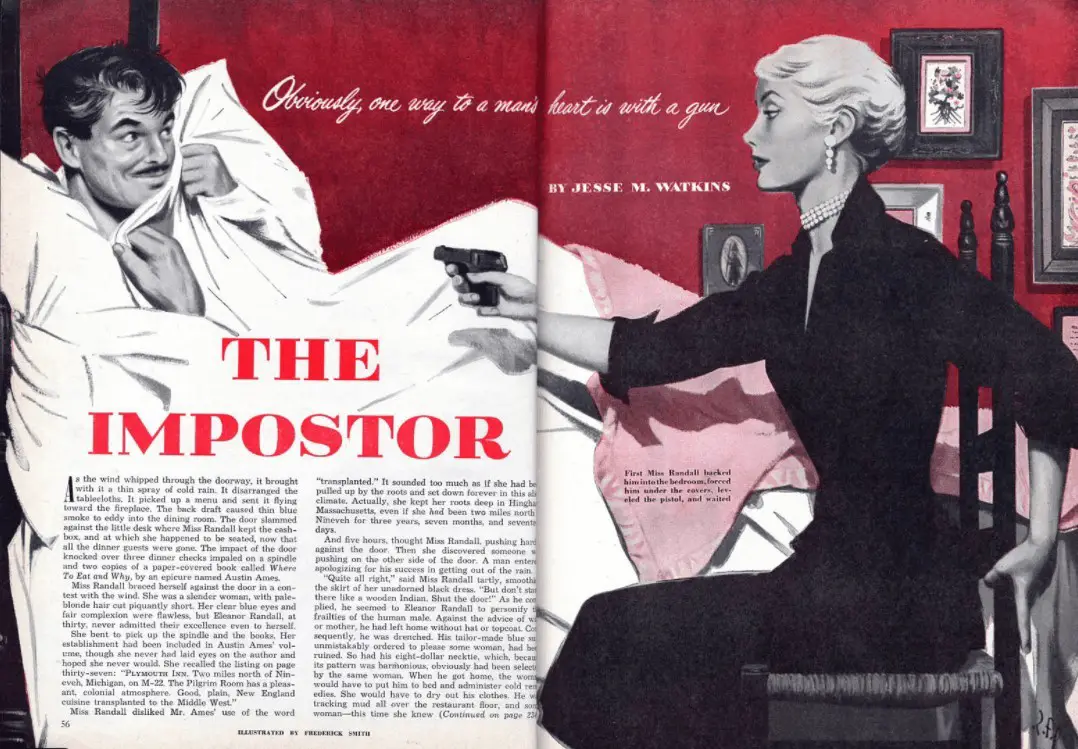Hilda Bewildered Pre-reading Questions
- What does the publication of this kind of article hope to achieve? Before and after images of women transformed by impressive (makeup only) makeovers by Russian hair and makeup artist Vadim Andreev. Does it work?
- Can you think of a time when you were judged (wrongly) on your appearance?
- What were the consequences?
- How did the mismatch between appearance and reality come about?
- Have you ever been surprised after getting to know someone better?
- Can you think of any classic tales whose plots rely on the deception of appearances?
- In stories which feature deceptive appearances, what sorts of messages is the reader supposed to consider/take away?
- Is everyone a fraud to some degree?
- Do we have an essential self, which has different personae overlaid depending on the situation, or are we simply a series of altered selves, with no ‘core essence’?
- Are some people better at acting a part than others?
- Do you think you’re good at acting a part that’s expected of you?
- What about your family? Friends?
- ‘Reality TV’ is often criticised for being contrived and sometimes outright fictional. Why, when we know this deep down, is the genre so popular? Or do viewers not realise the extent of the editing? Is reality TV more real than most critics think it is?

Post-reading Discussion
In Hilda Bewildered, list the ways in which outside appearances do not match what’s inside or underneath.
Highlight below for some answers:
The taxi that Hilda gets into looks like a Citroen from the 1960s, but once inside, the dashboard indicates that this is an ordinary modern vehicle.
The Princess is dressed up by many people, photographed, preened and published in magazines, yet underneath her boots she has a hole in her sock.
When giving her speech, Princess Hilda looks confident on the outside but underneath she is terrified of giving a speech in front of a large audience.
The Other Hilda looks as if she has dressed down as a ‘gypsy’ to fit in at the pre-speech masquerade party but this is not the gentry dressing down; this is who she really is.
Out in the world, The Other Hilda looks plain and unremarkable, yet she is an expert pick-pocket. Her social invisibility is deceptive.
The burgers at Best Backstreet Burgers look fantastic in the pictures but inside there is a rat.
Princess Hilda is covered in make up, presenting a completely different skin to the world, but underneath, her skin is real (conveyed by the freckles).
The cakes at the pre-speech masquerade party look wonderful, but after they’ve been eaten, the crumbs and the crumpled serviette and the glove look as dishevelled as at any post-cake do.
The castle looks opulent to the outsider but Princess Hilda sees it as a kind of prison. The windows are latticed. She is surrounded by people.
The ‘Tropical Palace’ is completely at odds with its environs. For one, it is winter, and the hotel is located in the middle of some dark forest rather than beside a beach on a tropical island. Although decked out in kitschy splendour, this is no ‘Palace’ in the traditional sense. The dark exterior is at odds with the fluorescence of the interior decor.
AUTHOR NOTES
In stories such as Snow White, in which a wicked step-mother is able to dress up as a harmless peddler selling apples, the message to readers is often ‘don’t take anything at face value’.
In this story, I hope the reader will go further than that, and consider the nature of modern celebrity — its constraints and limitations as well as its privilege. I would like the reader to wonder whether there really are two Hildas, and in the process of deciding whose story this is, I hope they will notice that there really isn’t anything to separate them, apart from accident of birth.
COMPARE WITH
Some people have lead extraordinary lives by living fraudulently. Many are living fraudulent lives as we speak, and many may never be found out. Others have been busted, and their true stories have been told. The following movies are suitable for older viewers.
The Great Hip-Hop Hoax is a movie-length documentary which tells the tale of two young men from Scotland who in the early 2000s wanted to be rappers. After rapping in their natural Scottish accents they were laughed out of the room, and quickly realised that by putting on an American accent and saying they were from California they were being taken seriously. The boys were so good at acting American that they were signed by Sony and were earning a big income. After some time, the fraud started to affect their relationship and mental health. Sony merged with BMG and their act lost backers. Everything fell apart. One guy got married, moved back to Scotland and had a couple of kids. The other remains in London, still hoping to live the dream, this time as himself.
Catfish is another movie-length documentary, this time about a couple of young men, one who meets an attractive woman on the Internet. After ‘dating’ online, things start to seem too good to be true, so the young man and his friend go on a road trip to meet the virtual love interest. Is this a real documentary, or is it fake? Might it fall somewhere between the extremes of ‘real’ versus ‘fake’? Morgan Spurlock called it the best fakeumentary he’d ever seen. If the entire story is made up, then this is a fake documentary about a fake story, which is kind of meta in its own way, and says something about the human capacity to suspend disbelief.
The Imposter is the movie length documentary film about a man who managed to convince the family of a missing American boy that he was their missing son. He managed this feat even though he looked nothing like the missing boy, was 6 years older than him and spoke English with a strong French accent.
DISCUSS: IMPOSTER SYNDROME
Do you know the feeling of imposter syndrome?
How common do you think it is?
I’ve felt the head of a man with his skull partially removed (squishy) and I’ve seen a man with burns so bad to his face that, if the poor bastard survived he faced living his new life looking like Lord Voldemort. I want to tell people that I’ve seen people die; not always quickly and peacefully. That I, as a bloody 23 year old with minimal life experience myself, have had to hold the hand of distraught husbands, wives, sons and daughters, mothers and fathers and try to think of something comforting to say.
– from a nurse
Do you have imposter syndrome? from The Hairpin is a collection of people’s experiences with this feeling.

RELATED
Marilyn Monroe – iconic make-up look tutorial on Youtube
The pizza spoof

At Beauty Redefined, they take the issue seriously.
About the ‘ugly’ work of Lynda Barry. The characters have spots and the drawings are not ‘pretty’.
Header illustration: Good Housekeeping illustrated by J Frederick Smith November 1950

